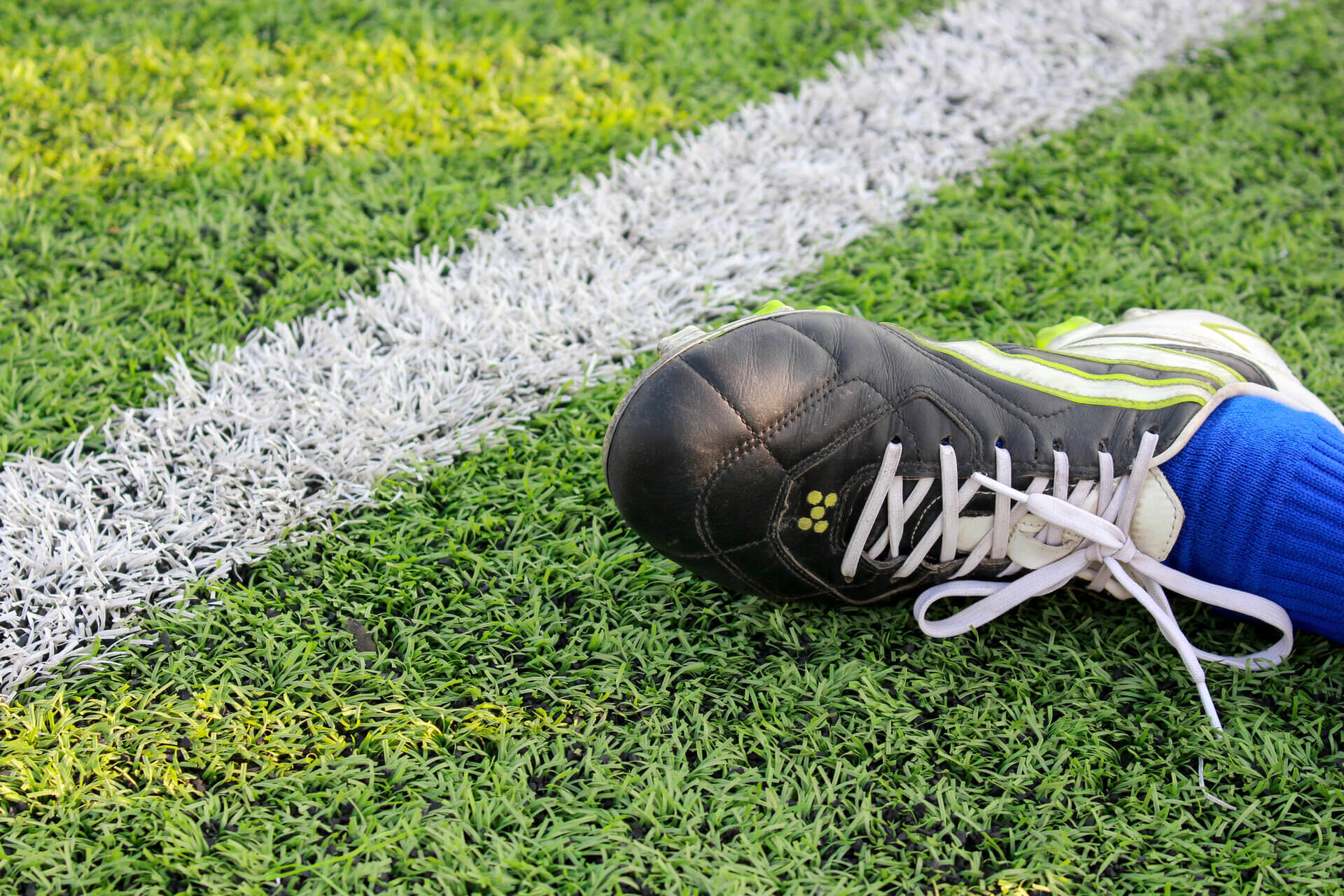The Brisbane Lions triumphed over the Sydney Swans with a commanding lead in the 2024 AFL Grand Final.
Despite not being the favourite to win, they secured victory.
Key to this win was Lachie Neal, one of the team’s star player and co-captain, who played with a foot injury.
Before the big match, there was much talk about Neal’s injury because he was often seen in a protective “moon” boot after games.
Yet, he not only played, but also shined on the field, leading some to say he deserved the Norm Smith medal for his standout performance, which significantly contributed to the Lions’ win.
Speculation about Lachie Neal’s foot injury heightened when he revealed he had been wearing the moon boot post-game for about eight weeks – a worrying sign for any player.
Even more incredible was when he revealed in a post-game on-field interview, that his injury had ‘popped’ during the match.
This raised questions: how could Neal have continued playing all season and even through the Grand Final after such an incident?
The likely explanation is that he was dealing with a condition known as plantar fasciitis.
Plantar fasciitis
Plantar fasciitis is a chronic inflammation of the tissues that connect the muscles in the base of the foot to the heel – (calcaneum).
It supports the arch of the foot and is a continuation of the fascial that attaches from the calf muscles to the heel, and then wraps around the heal to the arch of the foot.
It’s a fairly common condition, that affects many athletes, but also many in the general population.
The most notable symptom is pain in the base of the heel when you get out of bed and walk for the first 20 or so steps.
But, this is also a problem for athletes that need to run a lot, and can be a painful restriction to playing any sports.
It is not something that can be rapidly fixed, and so it’s very common for people to have this condition for a number of weeks, months and even years, and just put up with it.
It is not critical to the stability of the foot, and so you can still walk on it and run on it.
But it is painful.
This explains how Lachie Neal had this for 8 weeks prior to the game.
Treatment is tailored to the individual after a detailed assessment of the reasons as to why that person has plantar fasciitis and how severe it is.
That may include strapping, orthotics, changes in footwear, stretching, a specific strengthening exercise programme, but also may require: specific injections, shockwave therapy, or platelet rich plasma therapy.
It is indeed not uncommon for a plantar fasciitis suffer to need help from a Physiotherapist, Podiatrist and Sports Medicine Doctor – such is the nature of the condition and depending on the assessment if the causes.
But, another treatment that may be required for a professional athlete competing in a Grand Final is a pain killing injection.
This is appropriate as it controls the pain, and plantar fasciitis does not pose a major risk to other joints or structures.
It’s mainly the pain and resulting restriction that is the issue.
The one significant side effect of this management is that the plantar fascia may tear further – or even completely separate from the attachment to the heal.
So it’s very likely that this is what has happened to Lachie Neal.
He has torn his plantar fascia during the game, and has been able to continue and play the entire game.
So how come he won’t need surgery to repair this, and what are the long term consequences?
I think there is little doubt it he would be better off with a plantar fascia than without.
However, it is not critical and can be compensated for by good footwear, and orthotics and strapping.
He may have a greater risk of arthritic changes in his foot in the future, but there is also a school of thought that surgery and the subsequent rest required also has long term effects.
So perhaps it’s not surprising that he is not having surgery.
Indeed, he may be quite happy that the plantar fascia has torn, as this frequently results in the end of the pain.
Once completely torn, the fascia is unlikely to cause pain!
Many will recall the story of another AFL football superstar and dual Brownlow medallist – Robert Harvey, who was suffering the same condition.
This was causing him pain and restriction – and so he decided to jump from a height onto a step to deliberately snap the tendon.
This ‘fixed’ the problem and Harvey was able to return to playing that same week.
To be clear – this is not the recommended treatment for plantar fasciitis.
If you’re experiencing the pain of plantar fasciitis, don’t take extreme measures like trying to ‘snap’ it yourself, whether that’s by leaping from a chair or playing in a high-stakes sports event.
Instead, get a proper evaluation and treatment plan from a physiotherapist, podiatrist, or sports medicine doctor at your closest Lifecare centre.

